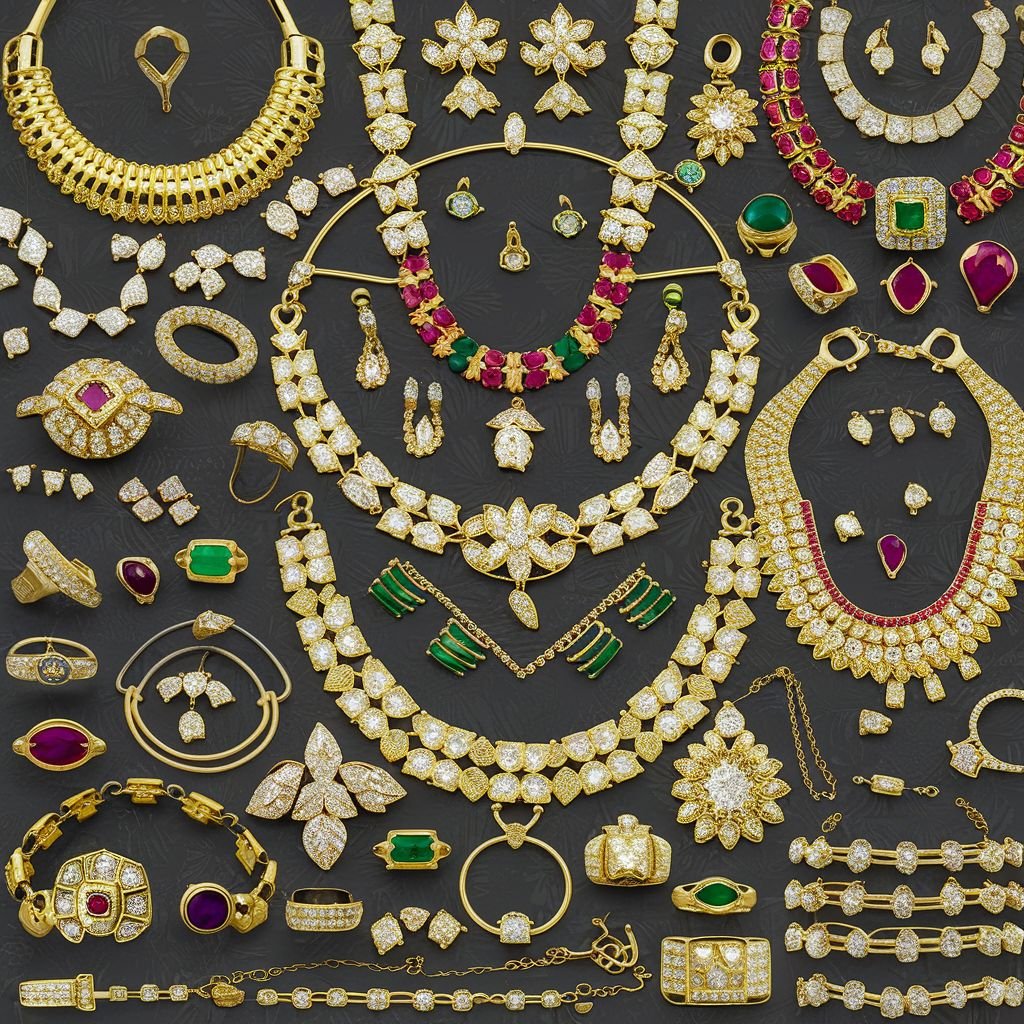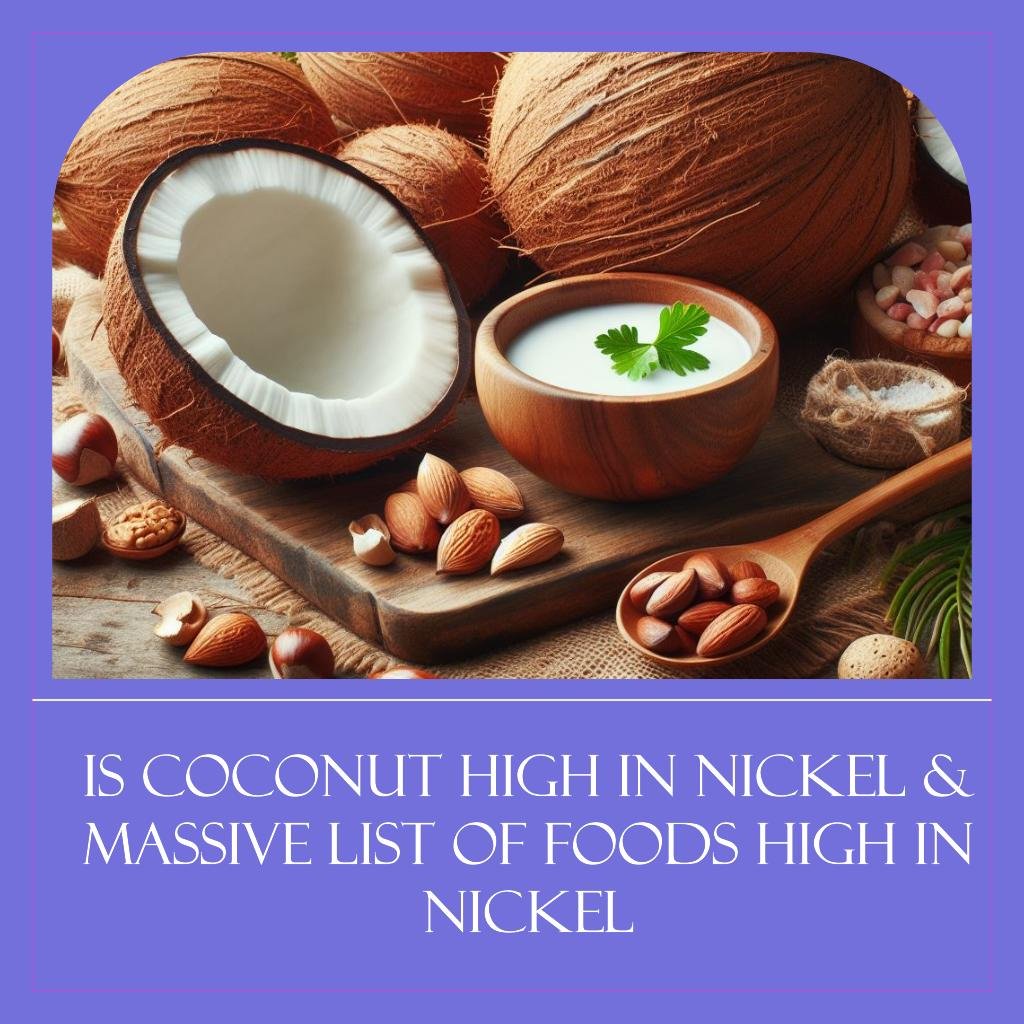
Choosing the right jewelry goes beyond style and beauty, especially for those with sensitive skin or allergies to certain metals. The purchasing of hypoallergenic jewelry brings us to a popular question: Are jewelry that is gold filled hypoallergenic to those prone to allergic reactions? Understanding what “gold-filled” jewelry means and its implications for skin sensitivity is crucial for anyone looking to adorn themselves without discomfort. This article will look into the hypoallergenic nature of gold-filled jewelry, offering valuable information for those navigating the complex world of jewelry materials and looking for something that won’t cause allergic reactions on their sensitive skin.
AGold Filled Hypoallergenic Jewelry?
Gold-filled jewelry represents a high-quality, more affordable alternative to solid gold, offering durability and the lustrous appeal of owning gold jewelry without the hefty price tag. Gold-filled jewelry in the world of allergens and those suffering from their existence offers a more comfort-filled life. Therefore, understanding what “gold-filled” means, as well as their difference and similarities to non-gold-filled options, such as gold-plated and solid gold jewelry, is crucial for consumers and allergy sufferers looking to make informed, unreactive decisions.
What Does ‘Gold Filled’ Mean?
Gold-filled jewelry involves a manufacturing process where a layer of gold is mechanically bonded to a core of base metal (usually brass or copper) under high heat and pressure. This results
in a durable piece containing a significantly higher amount of gold than gold-plated alternatives.
This bonding results in a piece that contains a significantly thicker layer of gold compared to gold-plated alternatives. A thicker layer that will offer longer-lasting hypoallergenic benefits and protection against metal allergen lurking underneath the gold layer.
Typically, gold-filled items are made using 14k or higher gold, which is key to their hypoallergenic properties. Unlike gold plating, the gold-filled process ensures a substantial layer of gold, making the jewelry more resistant to wear and less likely to expose the wearer to the base metals beneath.
By law in the United States, gold-filled items, whether earrings, tooth fillings, watches, necklaces, or bracelets, must contain 1/20th or 5% gold by weight. This considerable amount of gold ensures that gold-filled jewelry maintains its beauty and resilience over time, making it resistant to tarnishing, wear, and ultimately protection from an allergic reaction. It’s an excellent option for everyday jewelry that retains the appearance and most of the properties of solid gold at a fraction of the cost.
What Is Gold-Plated Jewelry

Gold-plated jewelry consists of a thin layer of gold electroplated onto a base metal, such as copper or nickel. The gold layer in gold-plated jewelry is significantly thinner than in gold-filled items, usually measured in microns, which impacts its durability and appearance over time.
Characteristics of Gold-Plated Jewelry:
- Affordability: Gold-plated items are the most budget-friendly option for those seeking the golden look without a high price tag.
- Appearance: Initially, gold-plated jewelry can look identical to solid gold but may fade or tarnish more quickly due to the thinness of the gold layer.
- Durability: Less durable than gold-filled and solid gold, the gold layer can wear off, exposing the base metal, which can lead to skin irritation for those with metal allergies, particularly to nickel.
- Maintenance: Requires careful maintenance, including avoiding exposure to water, sweat, and chemicals, to prolong the life of the gold layer.
Solid Gold Jewelry
Solid gold jewelry is made entirely of gold, although it is almost always an alloy mixed with other metals to enhance strength and durability. The purity of solid gold jewelry is measured in karats, with 24k being pure gold. Lower karat ratings indicate a higher percentage of alloy metals.
Characteristics of Solid Gold Jewelry:
- High Cost: The most significant deterrent for solid gold is its price, directly correlated to the purity and weight of the gold used.
- Durability and Maintenance: Higher-karat gold jewelry (22k, 24k) is softer and more prone to scratching, requiring careful handling. Lower-karat gold jewelry (14k, 18k) offers more durability due to the presence of alloy metals.
- Hypoallergenic Properties: Solid gold, especially high-karat gold, is naturally hypoallergenic, making it an excellent choice for sensitive skin. However, lower-karat gold, containing metals like copper, silver, or zinc, might still trigger allergies in very sensitive individuals.
- Longevity and Appearance: Solid gold maintains its appearance over time, not subject to wear or tarnishing like gold-plated items, making it a worthwhile investment for heirloom-quality pieces.
Properties of Gold-Filled vs. Non-Gold-Filled
To provide a clearer understanding, let’s compare gold-filled jewelry to its non-gold-filled counterparts: gold-plated and solid gold jewelry.
| Feature | Gold-Filled | Gold-Plated | Solid Gold |
|---|---|---|---|
| Gold Content | 5% gold by weight | Less than 0.05% gold by weight | 100% gold (purity varies by karat) |
| Durability | Very durable, suitable for daily wear | Less durable, prone to wear and tarnish | Highly durable, especially high karat |
| Cost | More affordable than solid gold | Least expensive option | Most expensive |
| Hypoallergenic | Generally hypoallergenic due to thick gold layer | Risk of exposure to base metals | Naturally hypoallergenic |
| Appearance | Similar to solid gold | May wear off, revealing base metal | Consistent appearance |
| Maintenance | Minimal maintenance required | Requires careful maintenance | Minimal maintenance required |
| Suitable for Sensitive Skin | Yes, for most people | No, due to potential exposure to base metals | Yes |
and feel of gold without the high cost of solid gold pieces. Its construction ensures a durable, long-lasting finish that’s well-suited to everyday wear. Unlike gold-plated jewelry, which offers minimal gold content and reduced durability, gold-filled pieces provide a substantial gold layer, making them a superior choice for both aesthetics and longevity.
The hypoallergenic nature of gold-filled jewelry, stemming from its thick gold layer, makes it a safer option for individuals with sensitive skin, compared to gold-plated alternatives that may expose wearers to allergenic base metals. While solid gold remains the premium choice for its purity and hypoallergenic properties, gold-filled jewelry offers a balanced compromise, blending affordability with quality and hypoallergenic benefits.
In making jewelry choices, understanding these differences is key to selecting pieces that align with one’s budget, aesthetic preferences, and health considerations, ensuring satisfaction and comfort in the long term.
Understanding non-gold-filled jewelry, particularly gold-plated and solid gold options, provides a comprehensive backdrop against which gold-filled jewelry’s advantages can be more clearly appreciated. Let’s delve deeper into these alternatives to offer readers a broader understanding.
The Hypoallergenic Nature of Gold

Gold, especially in its purest form (24k), is renowned for its hypoallergenic properties. Its chemical composition makes it highly unlikely to cause skin irritation, making it a preferred choice for sensitive skin. However, the lower the karat, the higher the content of other metals, which can include allergens like nickel. Understanding this balance is essential when considering gold-filled jewelry for its hypoallergenic benefits.
Potential Allergens in Gold-Filled Jewelry
While the thick layer of gold in gold-filled jewelry significantly reduces exposure to base metals, the potential for allergic reactions cannot be entirely dismissed. The base metal, often a mix that can include nickel, brass, or copper, poses a risk if the gold layer wears down over time or is breached. This section explores how the choice of base metal and the durability of the gold layer play into gold-filled jewelry’s hypoallergenic claims.
Assessing the Hypoallergenic Qualities of Gold-Filled Jewelry
Given its construction, gold-filled jewelry stands out as a generally hypoallergenic option. The key factors ensuring its suitability for allergy sufferers include the purity of the gold used and the thickness of the gold layer. However, individual sensitivities vary, and jewelry or an item that is hypoallergenic for one person may not be the same for another. Insights from medical professionals can shed light on why gold-filled jewelry is a viable option for many.
Choosing the Right Jewelry for Sensitive Skin
For those with sensitive skin, choosing jewelry is a thoughtful process. This section provides practical tips for selecting hypoallergenic pieces, including key questions to ask and factors to consider, ensuring that beauty does not come at the cost of comfort.
Choosing Between Gold-Filled, Gold-Plated, and Solid Gold
Consumers can make informed decisions based on their budget, lifestyle, and sensitivity to metals by understanding the distinctions between gold-filled, gold-plated, and solid gold jewelry.
Gold-plated jewelry offers an affordable entry point into the world of gold, suitable for trendy pieces not intended for daily wear. Solid gold represents a significant investment, ideal for timeless pieces meant to last a lifetime, with the assurance of hypoallergenic properties and enduring beauty.
Gold-filled jewelry strikes a balance between these two, providing durability, reduced risk of allergic reactions, and affordability, making it an attractive option for everyday wear and pieces that offer both style and substance.
By weighing these factors, individuals can select jewelry that not only complements their aesthetic but also aligns with their health requirements and financial considerations, ensuring satisfaction and comfort with their choice.
Conclusion- Why Choose a Gold filled hypoallergenic Jewelry
With its high gold content and durable construction, gold-filled jewelry is a compelling choice for individuals seeking hypoallergenic options. While the possibility of an allergic reaction cannot be entirely ruled out due to individual sensitivities and the base metals’ nature, gold-filled pieces offer a safer alternative for many. As with any jewelry selection, considering personal reactions and seeking professional advice when necessary is paramount.
FAQs: Before Buying A Gold Filled and Hypoallergenic Jewelry
1. How can I tell if my jewelry is gold-filled or gold-plated? Gold-filled jewelry is typically marked with “GF” along with the karatage of the gold layer, such as “14/20 GF,” indicating that the piece is made with 14-karat gold and comprises 5% gold by weight. Gold-plated pieces might be marked with “GP” and usually do not include information about the thickness of the gold layer since it’s significantly thinner than in gold-filled items.
2. Can gold-filled jewelry still cause allergic reactions? While gold-filled jewelry is generally considered hypoallergenic due to its thick layer of gold, individuals with extreme sensitivities may still experience reactions, particularly if the base metal contains allergens like nickel and if there’s significant wear that exposes the base metal. However, such cases are rare, and gold-filled jewelry is a safe choice for most people with sensitive skin.
3. Is gold-filled jewelry suitable for daily wear? Yes, gold-filled jewelry is durable enough for daily wear. The thick layer of gold is resistant to tarnishing and wear, making it an excellent option for pieces you want to enjoy regularly without significant maintenance.
4. How do I care for gold-filled jewelry to ensure it remains hypoallergenic? To maintain the hypoallergenic properties of gold-filled jewelry, keep it clean and dry. Avoid exposing it to harsh chemicals, chlorinated water, or abrasive surfaces. Clean your gold-filled pieces with a soft cloth and mild soap if needed, and store them in a dry place when not in use.
5. Are there any specific brands or places to buy reputable gold-filled jewelry? Many reputable jewelers and online retailers offer high-quality gold-filled jewelry. Look for sellers who provide detailed information about the materials used, including the purity of the gold and the type of base metal. Customer reviews and ratings can also be a helpful guide in choosing a reliable source for gold-filled jewelry.
6. How does the cost of gold-filled jewelry compare to solid gold and gold-plated options? Gold-filled jewelry is more expensive than gold-plated items due to its higher gold content and the manufacturing process required to bond the gold layer to the base metal. However, it is significantly more affordable than solid gold jewelry, making it an attractive middle-ground option for those seeking the beauty and durability of gold without the high price tag of solid gold pieces.



